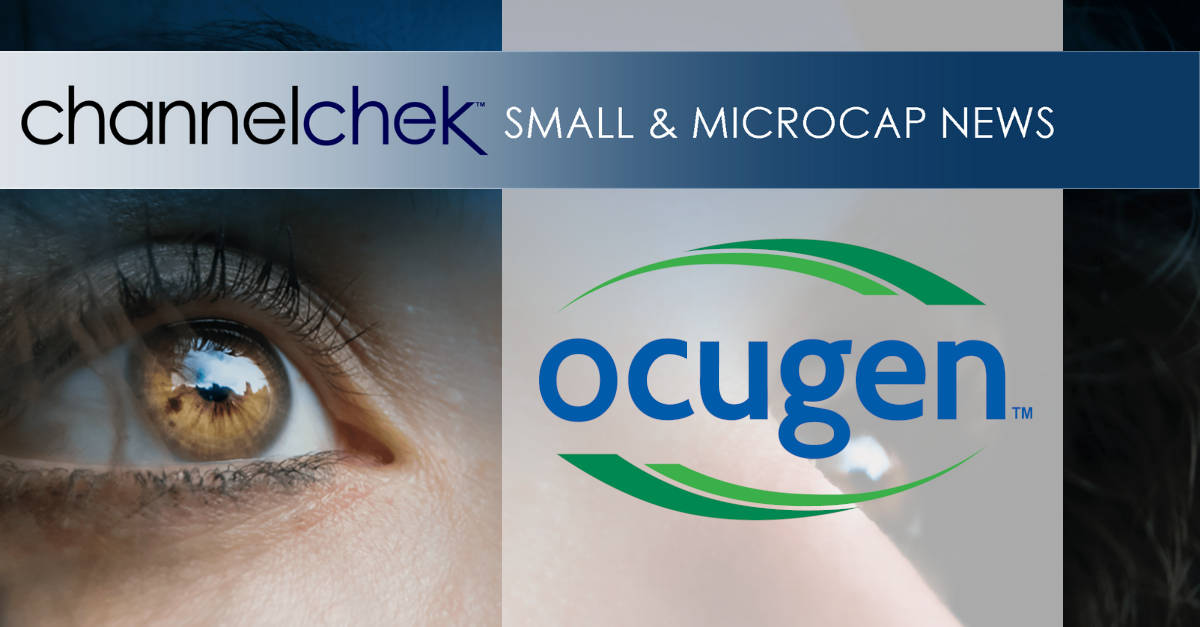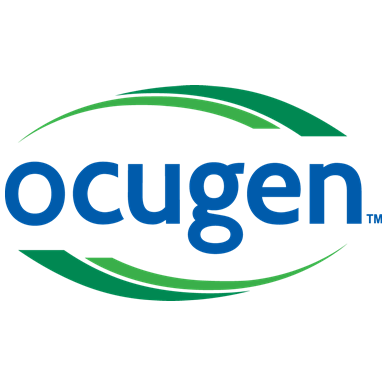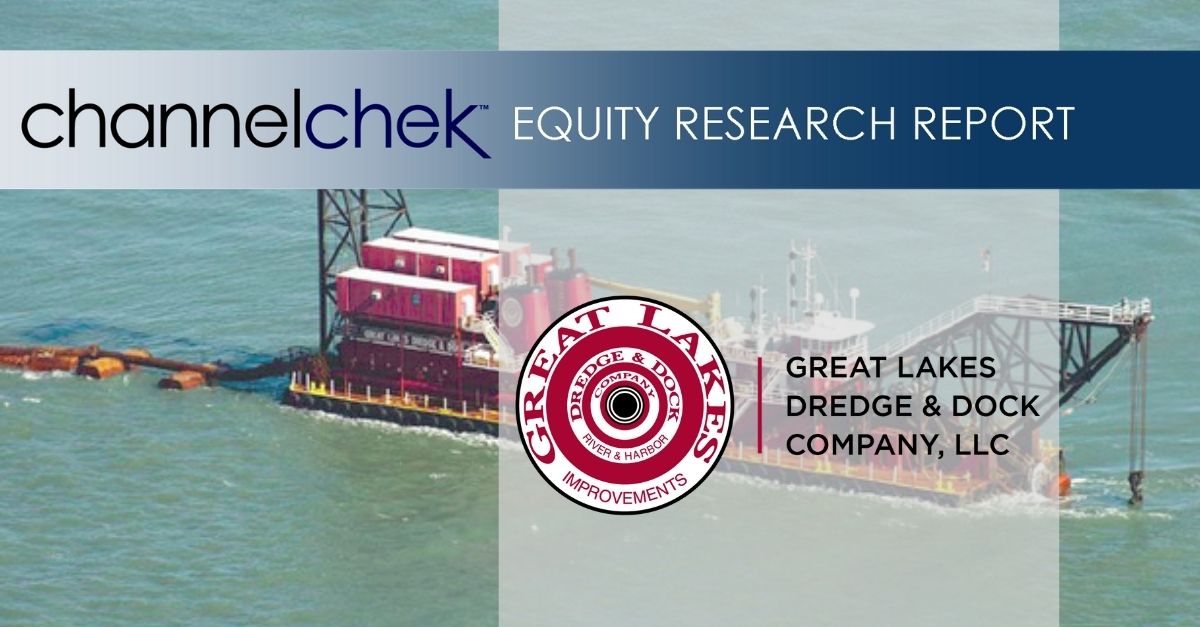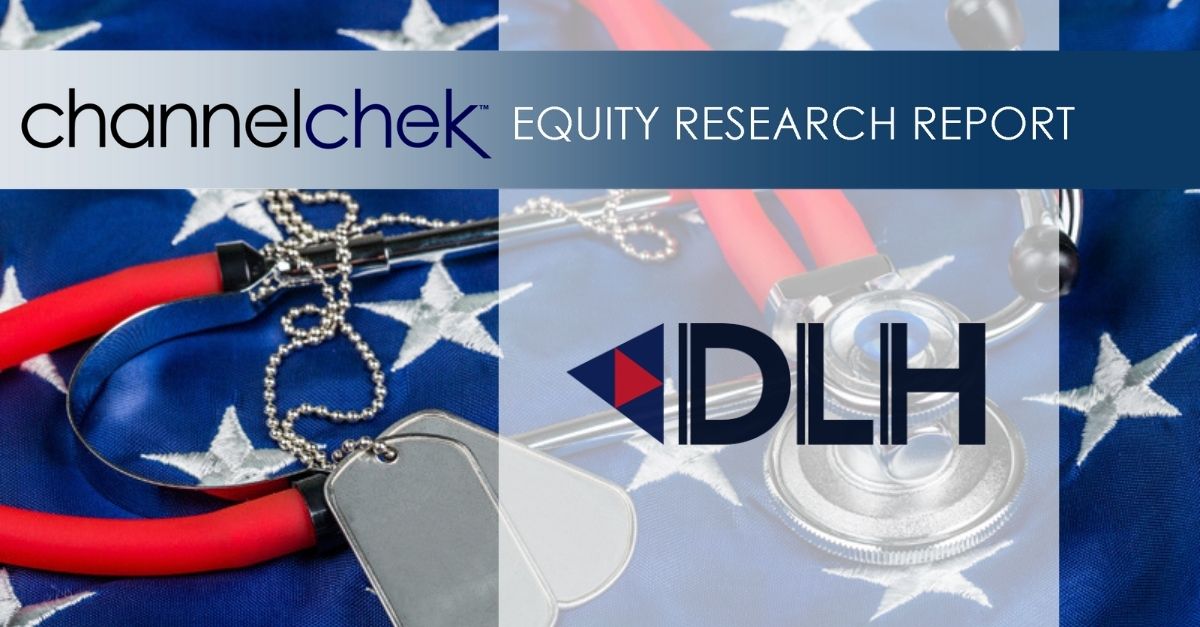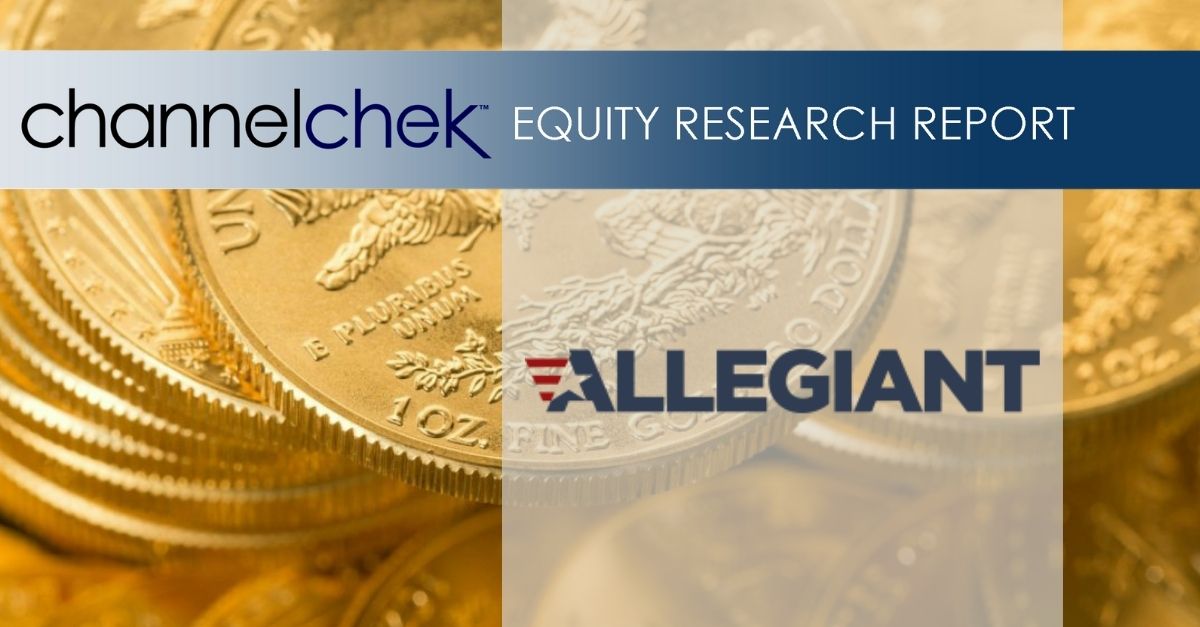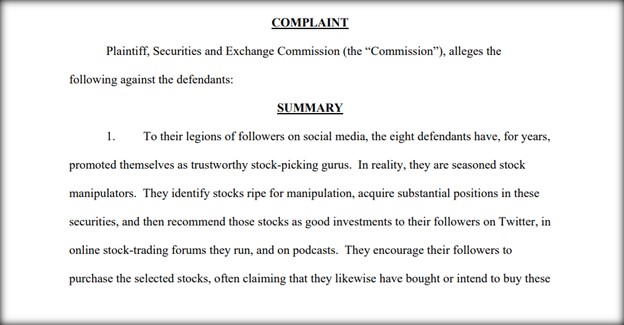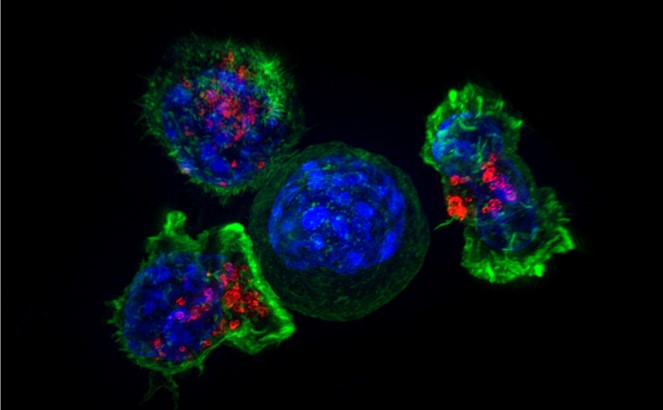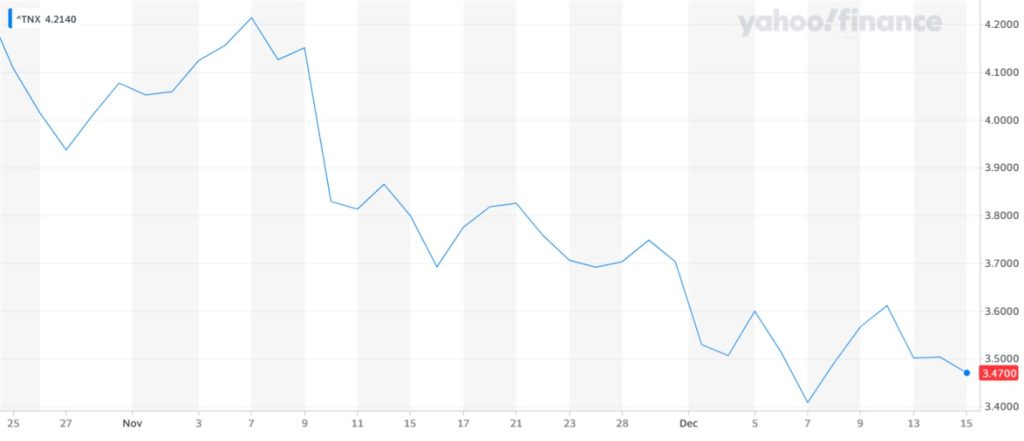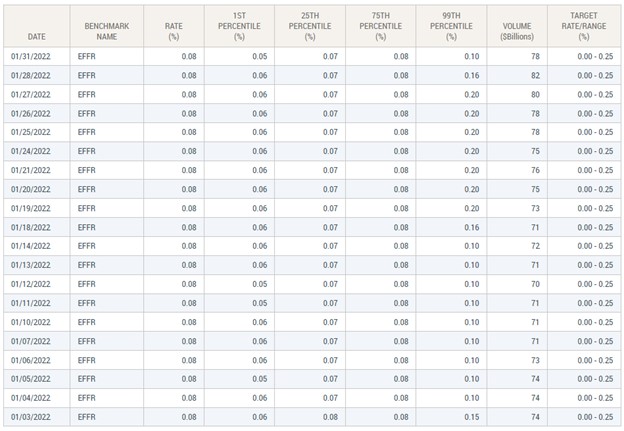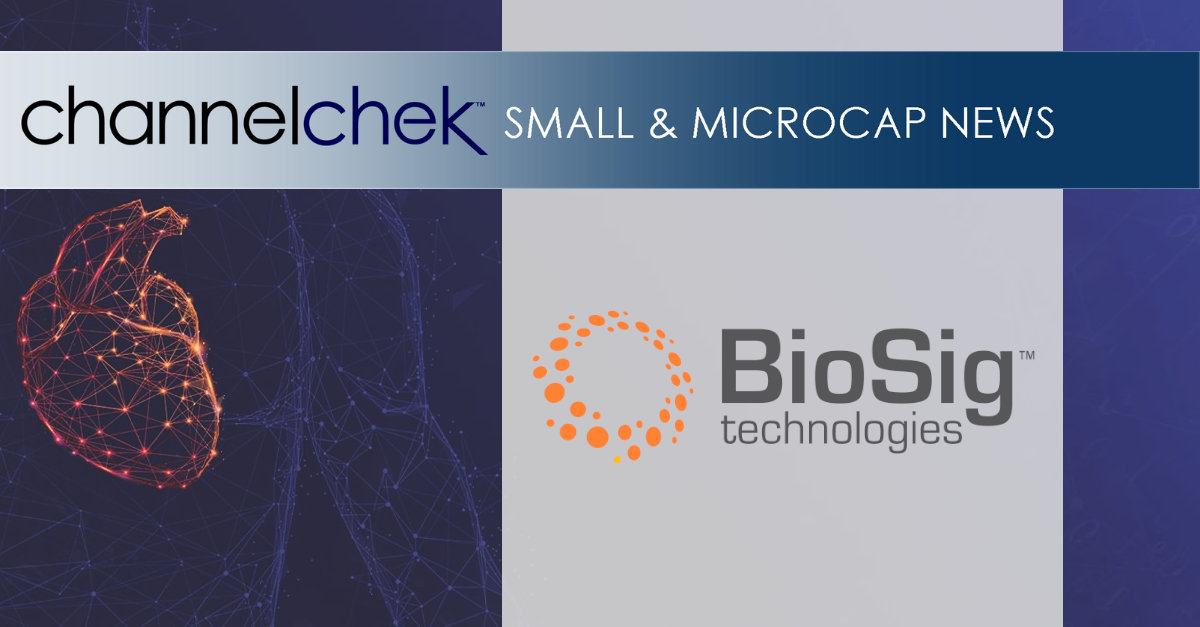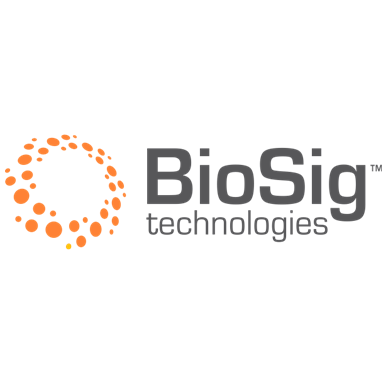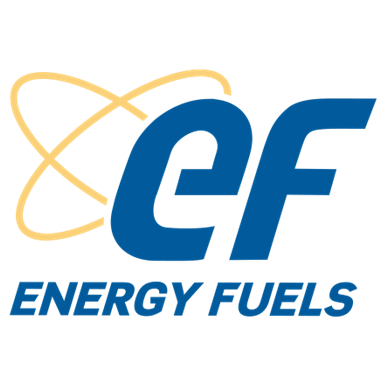
Research, News, and Market Data on UUUU
- DOE program supports critical domestic clean energy & national security priorities
- Pending membership in DOE HALEU Consortium to support fuel for next generation advanced nuclear reactors
LAKEWOOD, Colo., Dec. 16, 2022 /CNW/ – Energy Fuels Inc. (NYSE American: UUUU) (TSX: EFR) (“Energy Fuels” or the “Company”), a leading U.S. producer of uranium and rare earth elements (“REE“), today announced that it has been awarded a contract to sell $18.5 million of natural uranium concentrates (“U3O8“) to the U.S. government for the establishment of a strategic uranium reserve (the “Uranium Reserve“). The U.S. National Nuclear Security Administration (“NNSA“), an office within the U.S. Department of Energy (“DOE“), is the agency tasked with purchasing domestic U3O8 and conversion services for the Uranium Reserve. The Uranium Reserve is intended to be a backup source of supply for domestic nuclear power plants in the event of a significant market disruption. Additionally, the Company announced its application for membership in the DOE’s newly created HALEU Consortium.
Uranium Reserve Award:
Energy Fuels expects to complete the sale of uranium for the Uranium Reserve to NNSA during Q1-2023 and realize total gross proceeds of $18.5 million. The U3O8 the Company expects to sell to the U.S. government is currently held in the Company’s inventory at the Metropolis Works Conversion Facility, located in Metropolis, Illinois. The sale does not involve the physical movement of material, so the sale and transfer can be completed quickly.
Mark S. Chalmers, President and CEO of Energy Fuels stated: “Energy Fuels is pleased to contribute to U.S. energy security by supplying U.S.-origin uranium to the U.S. uranium reserve. Russia’s invasion of Ukraine has highlighted America’s troubling dependence on Russia and its allies for our nuclear fuel and uranium supply, and the need for the U.S. to rebuild its uranium and nuclear fuel capabilities. Today, nuclear energy provides the U.S. with roughly 20% of all electricity, and 50% of our clean, carbon-free electricity. U.S. and European nuclear industries are actively working to shift away from Russian uranium supply, but the process will be difficult and lengthy. The U.S. can rely on supply from allies like Canada, Australia and others for a large proportion of our uranium and nuclear fuel supply, but we must also restore our own capabilities. For the past several years, U.S. uranium production has been near-zero and our only uranium conversion facility has been shut-down. The Uranium Reserve is a small, but important, step toward resolving this untenable situation.”
HALEU Consortium:
On December 12, 2022, Energy Fuels also applied for membership in the DOE’s newly created HALEU Consortium. The HALEU Consortium is a program managed by the DOE’s office of Nuclear Energy (“NE“) intended to help create a secure domestic supply of high-assay, low-enriched uranium (“HALEU“) used by many of the next generation of advanced nuclear reactor technologies. HALEU enables many advanced reactor designs to be smaller and more efficient than traditional reactors. The uranium used in traditional nuclear reactors is enriched to roughly 3% – 5% of the fissionable isotope, uranium-235 (“U-235“). HALEU is enriched to between 5% and 20% U-235. Today, only Russian companies are able to supply HALEU, which is causing delays in the development of advanced reactors. For example, TerraPower recently announced a delay in building its first Natrium reactor in Wyoming. TerraPower is a high-profile next generation advanced reactor developer funded by Bill Gates. TerraPower specifically attributed the delay to the lack of availability of HALEU outside of Russia.
As the leading producer of U3O8 in the U.S., and the owner and operator of the only conventional uranium mill in the U.S., Energy Fuels believes it can play an important role in advising the DOE and teaming with other companies for this critical program. Furthermore, Energy Fuels is pursuing other DOE priorities related to uranium production, including rare earth element and medical isotope production.
Mr. Chalmers continued: “Energy Fuels is increasingly recognized by the U.S. government and other market participants as indispensable to weaning the U.S. off of Russian uranium supply, and as a solid partner in other important priorities. Our White Mesa Mill is critical and unique domestic infrastructure, with licenses, expertise and capabilities found nowhere else in the U.S., that are needed to produce uranium, and many other critical minerals and materials. We stand ready to play a critical role in restoring America’s uranium, rare earths, and other critical material capabilities, while reducing our troubling dependence on Russia and China.”
About Energy Fuels: Energy Fuels is a leading U.S.-based uranium mining company, supplying U3O8 to major nuclear utilities. The Company also produces vanadium from certain of its projects, as market conditions warrant, mixed rare earth element carbonate (“RE Carbonate“) from uranium-bearing monazite ores and is ramping up to full commercial-scale production of separated rare earth oxides. Its corporate offices are in Lakewood, Colorado near Denver, and all its assets and employees are in the United States. Energy Fuels holds two of America’s key uranium production centers: the White Mesa Mill in Utah and the Nichols Ranch ISR Project in Wyoming. The White Mesa Mill is the only conventional uranium mill operating in the U.S. today, has a licensed capacity of over 8 million pounds of U3O8 per year, and has the ability to produce vanadium when market conditions warrant, as well as RE Carbonate from various uranium-bearing ores. The Nichols Ranch ISR Project is currently on standby and has a licensed capacity of 2 million pounds of U3O8 per year. In addition to the above production facilities, Energy Fuels also has one of the largest S-K 1300 and NI 43-101 compliant uranium resource portfolios in the U.S. and several uranium and uranium/vanadium mining projects on standby and in various stages of permitting and development. The primary trading market for Energy Fuels’ common shares is the NYSE American under the trading symbol “UUUU,” and the Company’s common shares are also listed on the Toronto Stock Exchange under the trading symbol “EFR.” Energy Fuels’ website is www.energyfuels.com.
Cautionary Note Regarding Forward-Looking Statements: This news release contains certain “Forward Looking Information” and “Forward Looking Statements” within the meaning of applicable United States and Canadian securities legislation, which may include, but are not limited to, statements with respect to: any expectation that the Company will complete the contemplated sale of uranium to the DOE in Q1-2023 or at all; any expectation that the Company will maintain its position as a leading uranium company in the United States; any expectation that the Company will be admitted as a member of the HALEU Consortium or that the Company can play an important role in this critical program; any expectation that the Mill will be successful in producing RE Carbonate and/or separated rare earth element oxides on a full-scale commercial basis or at all; any expectation that the Company will successfully produce radioisotopes to be used for the production of medical isotopes on a commercial basis or at all; any expectation that the Company is increasingly being recognized by the U.S. government and other market participants as an indispensable party in efforts to wean the U.S. off of Russian uranium supply, and a partner in other important priorities; and any expectation that the Company stands ready to play a critical role in restoring America’s uranium, rare earths and other critical material capabilities, while reducing America’s dependence on Russia and China. Generally, these forward-looking statements can be identified by the use of forward-looking terminology such as “plans,” “expects,” “does not expect,” “is expected,” “is likely,” “budgets,” “scheduled,” “estimates,” “forecasts,” “intends,” “anticipates,” “does not anticipate,” or “believes,” or variations of such words and phrases, or state that certain actions, events or results “may,” “could,” “would,” “might” or “will be taken,” “occur,” “be achieved” or “have the potential to.” All statements, other than statements of historical fact, herein are considered to be forward-looking statements. Forward-looking statements involve known and unknown risks, uncertainties and other factors which may cause the actual results, performance or achievements of the Company to be materially different from any future results, performance or achievements express or implied by the forward-looking statements. Factors that could cause actual results to differ materially from those anticipated in these forward-looking statements include risks associated with: commodity prices and price fluctuations; processing and mining difficulties, upsets and delays; permitting and licensing requirements and delays; changes to regulatory requirements; legal challenges; the availability of feed sources for the Mill; competition from other producers; public opinion; government and political actions; available supplies of monazite sands; the ability of the Mill to produce RE Carbonate to meet commercial specifications on a commercial scale at acceptable costs; the ability of the Mill to separate rare earth oxides to meet commercial specifications on a commercial scale at acceptable costs; market factors, including future demand for rare earth elements; the ability of the Mill to be able to separate radium or other radioisotopes at reasonable costs or at all; market prices and demand for medical isotopes; and the other factors described under the caption “Risk Factors” in the Company’s most recently filed Annual Report on Form 10-K, which is available for review on EDGAR at www.sec.gov/edgar.shtml, on SEDAR at www.sedar.com, and on the Company’s website at www.energyfuels.com. Forward-looking statements contained herein are made as of the date of this news release, and the Company disclaims, other than as required by law, any obligation to update any forward-looking statements whether as a result of new information, results, future events, circumstances, or if management’s estimates or opinions should change, or otherwise. There can be no assurance that forward-looking statements will prove to be accurate, as actual results and future events could differ materially from those anticipated in such statements. Accordingly, the reader is cautioned not to place undue reliance on forward-looking statements. The Company assumes no obligation to update the information in this communication, except as otherwise required by law.
SOURCE Energy Fuels Inc.
For further information: Investor Inquiries: Energy Fuels Inc., Curtis Moore, VP – Marketing and Corporate Development, (303) 974-2140 or Toll free: (888) 864-2125, investorinfo@energyfuels.com, www.energyfuels.com

